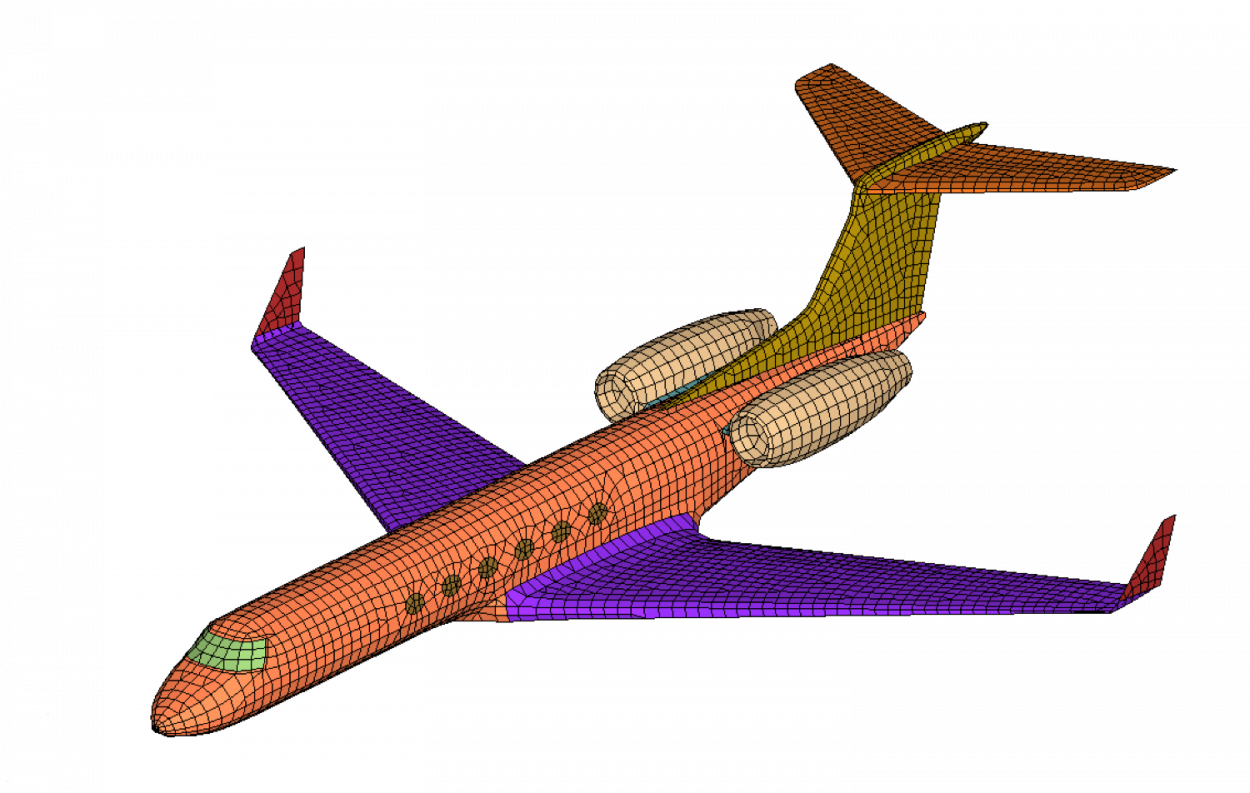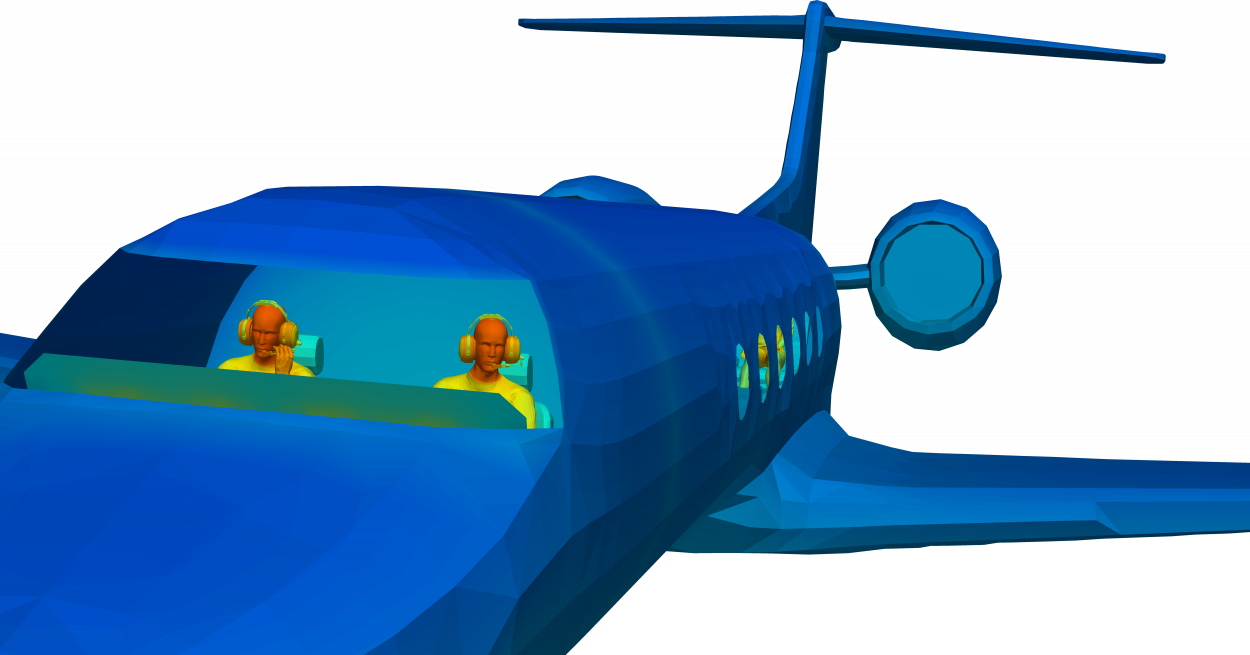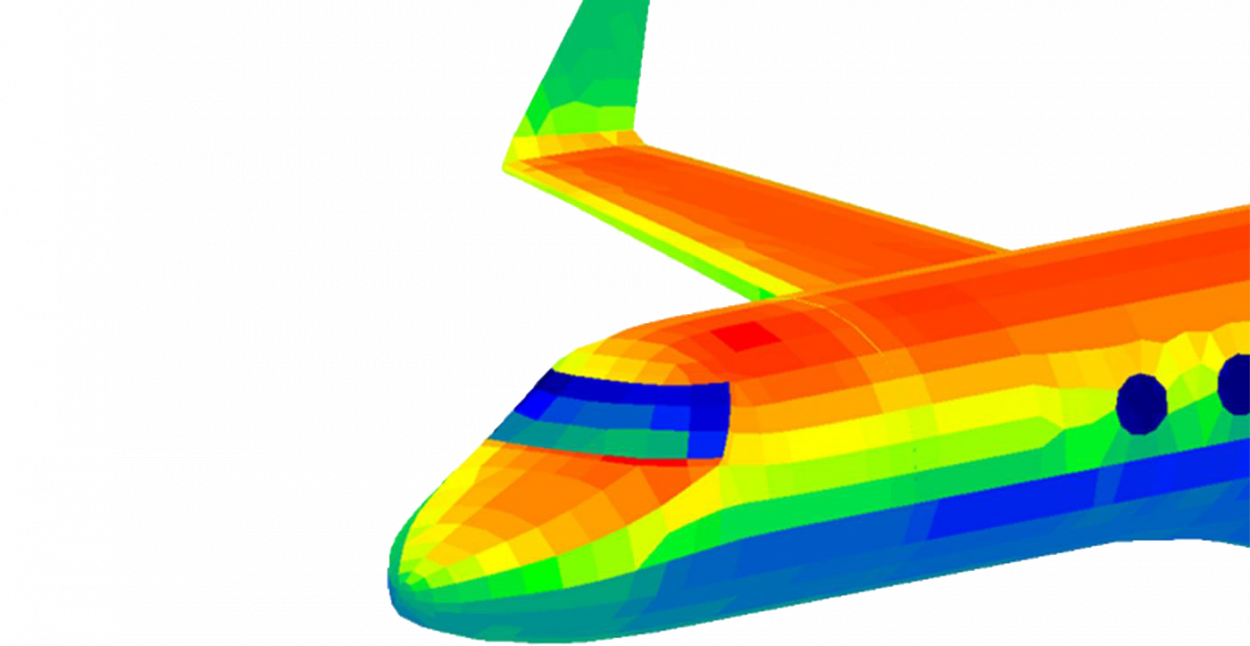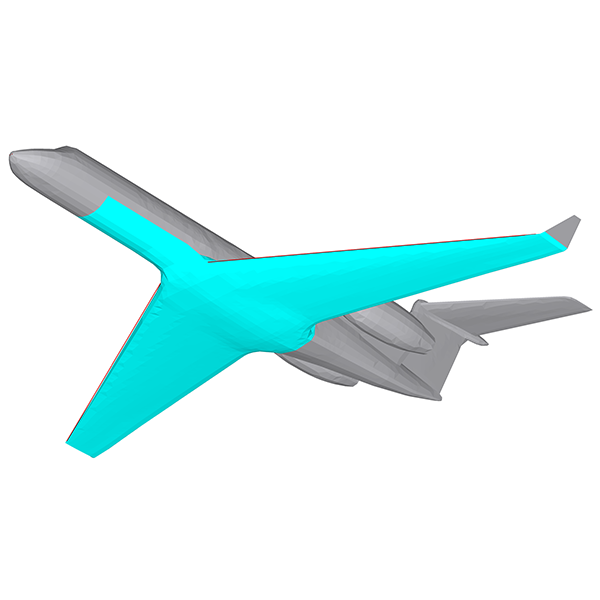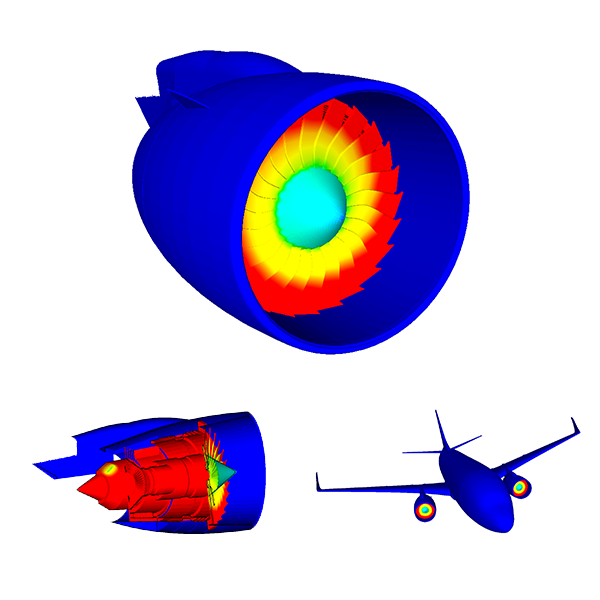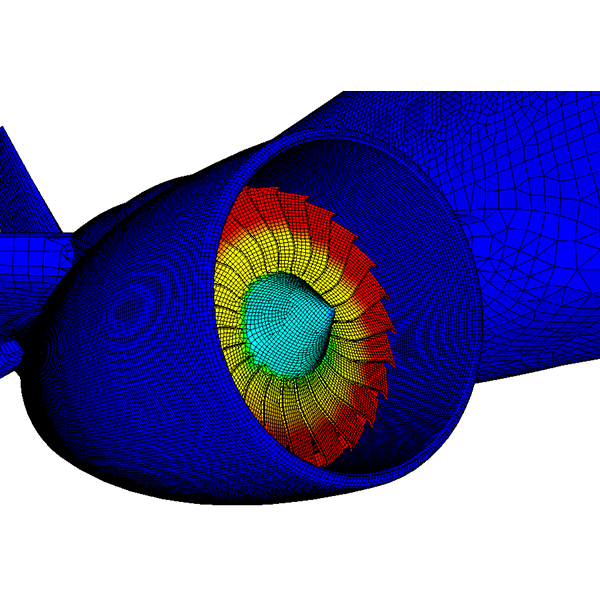Thermal management
An essential component of an aircraft system, whether for passenger, defense, or space observation.
Complete Thermal and Signature Predictions
TAITherm™, our state-of-the-art thermal simulation software, offers a complete thermal analysis of the heat within and around your aircraft. Aerodynamic heating simulations for thermal signature prediction are a common challenge in aviation. A custom convection code built into TAITherm allows you to understand fluid flow surrounding the wings at high altitudes and during fast travel. For signature and IR solutions, utilize MuSES™ to simulate any environment or condition and generate accurate thermal signature predictions of your aircraft system.
Simulations in Space
Besides passenger and defense aircraft, you can also simulate satellites and other space-related systems in TAITherm. TAITherm’s customization capabilities allow you to input custom weather files to simulate the different sun patterns a satellite will encounter as it travels through space. You can also analyze the high and low temperatures at different points in its travel. Use TAITherm to determine the effects of radiation exchange and conduction around a design in a bounding box, and how it reacts to the vacuum environment and cold temperatures in space.
FAA Certification
In compliance with requirements enacted by the Federal Aviation Academy (FAA), aerospace engineers must demonstrate passenger safety in the event of a failure, as physical testing is not feasible in these instances. Utilize the Human Thermal Extension in TAITherm to simulate the human interaction with your design. A detailed thermal simulation allows you to quickly understand how the human will react to emergency situations that an aircraft may encounter.
Material Analysis
Beyond analyzing the aircraft with HVAC simulation software and signature predictions, you can also use TAITherm to look at different materials used on the aircraft, such as an exterior paint that helps lessen the solar load on the plane. You will optimize aircraft performance and quality by completing a thermal analysis of the materials you intend to use.
Thermal Behavior Simulation of Aircraft Fuel Systems
TAITherm’s thermal simulation capabilities allow a comprehensive 3D analysis of aircraft fuel tanks and their thermal interaction with other aircraft systems and the environment. Due to the very different thermal behaviors of liquid fuel and the air/vapor in the space above the fuel, it is important to consider the fuel level within the tank and its impact on heat transfer to the tank surface.
The fuel level can be modeled either using discrete fuel levels or at a high-resolution local level on the tank surface. Conduction through the tank multi-layer wall is modeled. Heat transfer to and from the exterior surface considers radiation, convection, and conduction to adjacent parts or the defined environment (including the effect of the aircraft speed and solar loading).
Aircraft Engine Thermal Management
Thermal management is an essential component of an aircraft engine, whether for passenger, defense, or space travel. Future gas turbine aero engines will be more efficient, and compact, and have more electric parts that generate more transient heat due to the different electrical components and avionics.
Developing future aircraft engine systems that will provide the capabilities demanded by aviation consumers and manufacturers will need to focus on smart components for dealing with the extra heat caused by the advanced next generation of aircraft engines. Designing a Thermal Management System (TMS) with high performance, low energy consumption, and lightweight will also need to produce a solution that captures all the modes of heat transfer throughout the engine's transient modes.
Engineers will need to evaluate the performance of the engine thermal management system and upgrade to meet the higher demands on engines for thrust and power generation throughout flight cycles. TAITherm, our state-of-the-art simulation software, offers a complete analysis of the aircraft engine's heat up and cool down through the entire flight cycle.
From ground idle thru take-off, climb, cruise, descent, landing, and post-flight ground hold, higher efficiency reduces losses and makes thermal management more achievable. Use TAITherm to simulate complete aircraft flight mission engine transient behavior to understand how to model cooldown of an aircraft engine at high altitudes, and hot shut down during fast travel and aircraft flight conditions.
Areas of Expertise
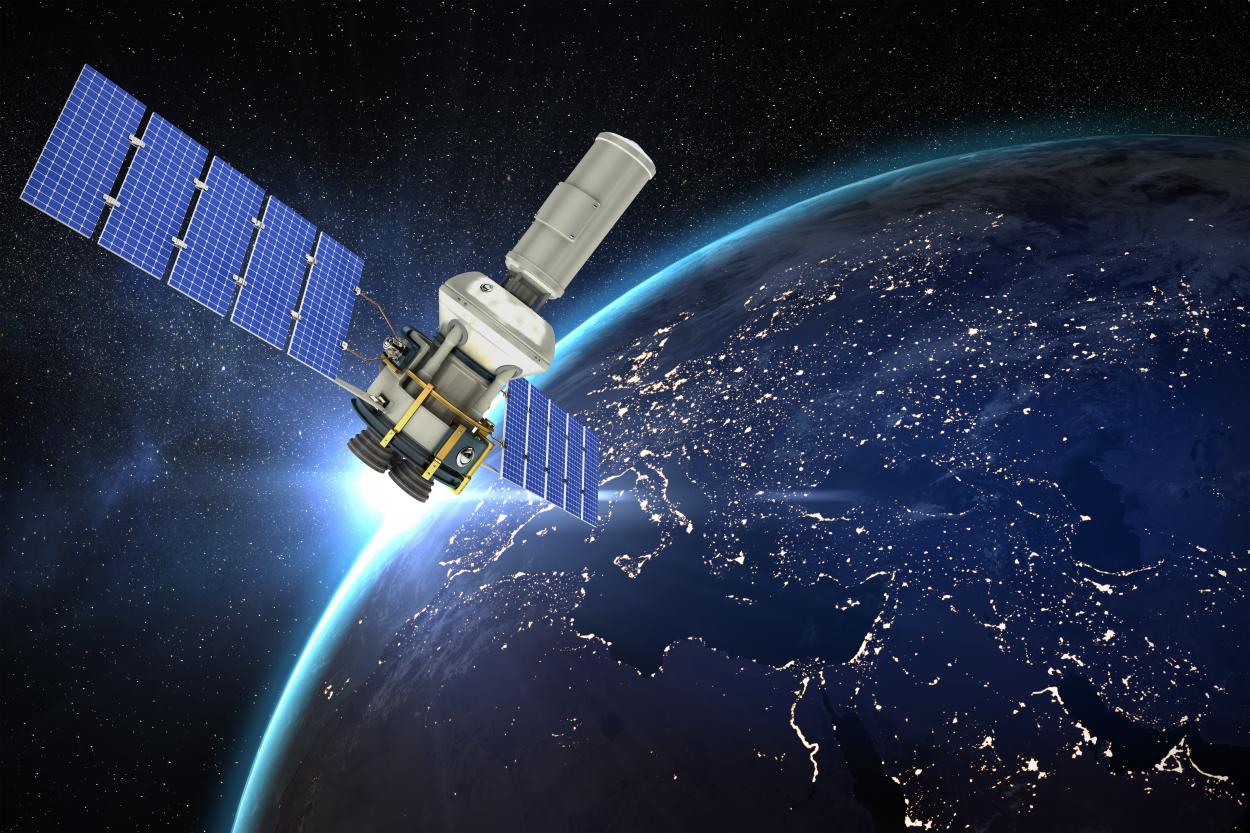
Responsible for maintaining proper temperature levels in the harsh environment of space, the thermal control system is a critical component of any satellite. This system typically uses a combination of passive and active techniques to manage temperature using radiation and conduction. Using advanced modeling and simulation tools, like MuSES, these systems can be designed and optimized to consider various factors including heat generation, dissipation, and distribution. Understanding these systems is crucial for mission planners and engineers to ensure mission success.
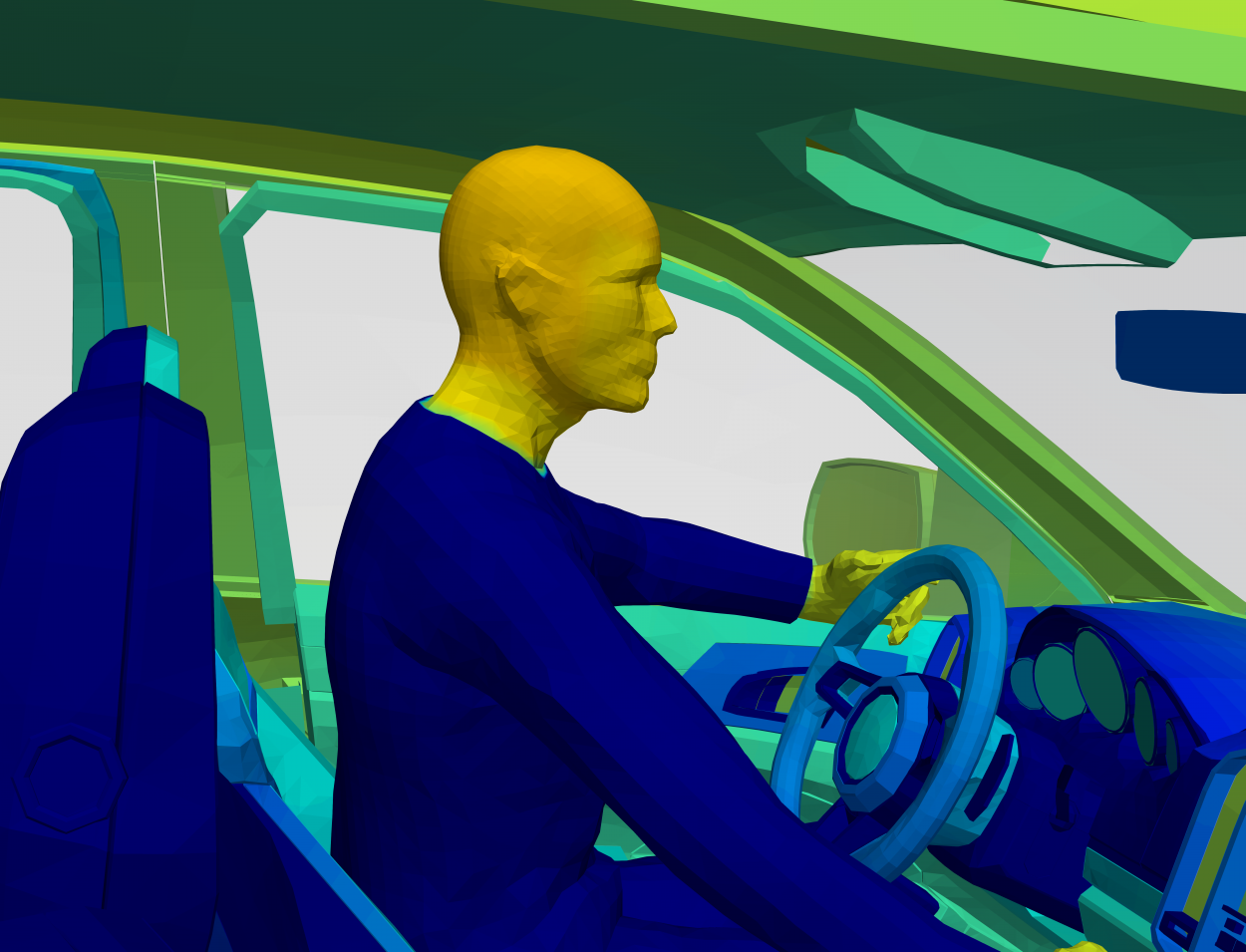
Optimize Occupant Comfort
Because of the time spent in homes, offices, and vehicles traveling between the two, the automotive, architecture, and aerospace industries are all attempting to reach optimal occupant comfort for the utmost satisfaction of their customers. Our expert engineers have the knowledge and skills you need to predict cabin comfort and determine HVAC efficiency for your comfort strategies. They'll help you analyze localized heating and cooling, HVAC systems, and human sensation and comfort to ensure your customer's comfort.
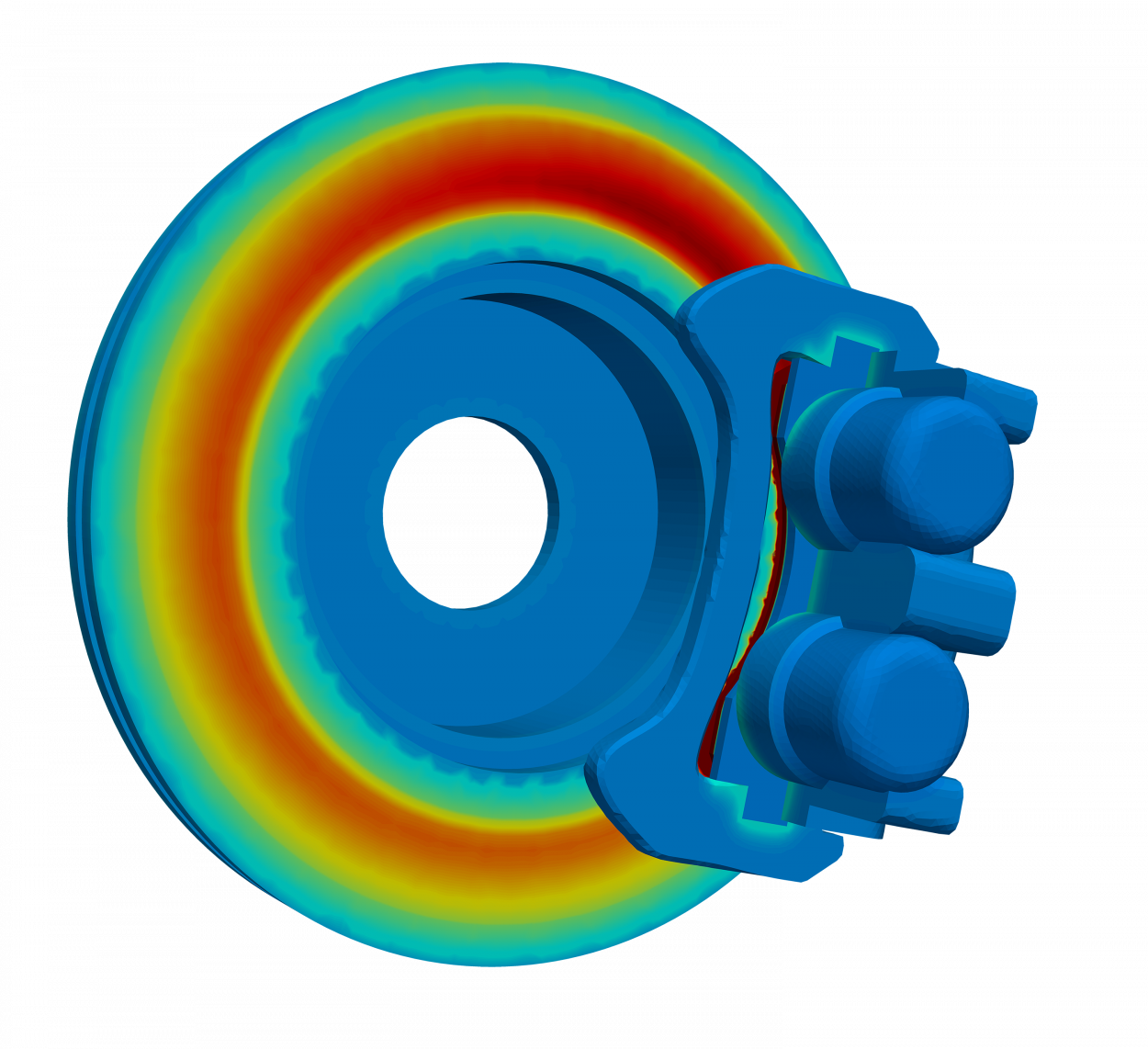
The Heart of Vehicle Safety
Safety is the most crucial vehicle metric for consumers. Brakes function, understanding where the heat is transferred, and what temperature distributions are occurring are important factors in your design. Optimizing the brake system is made efficient with thermal simulation. We understand the stringent requirements of brake systems and the delicacy of trade-offs in such a crucial component of the vehicle.
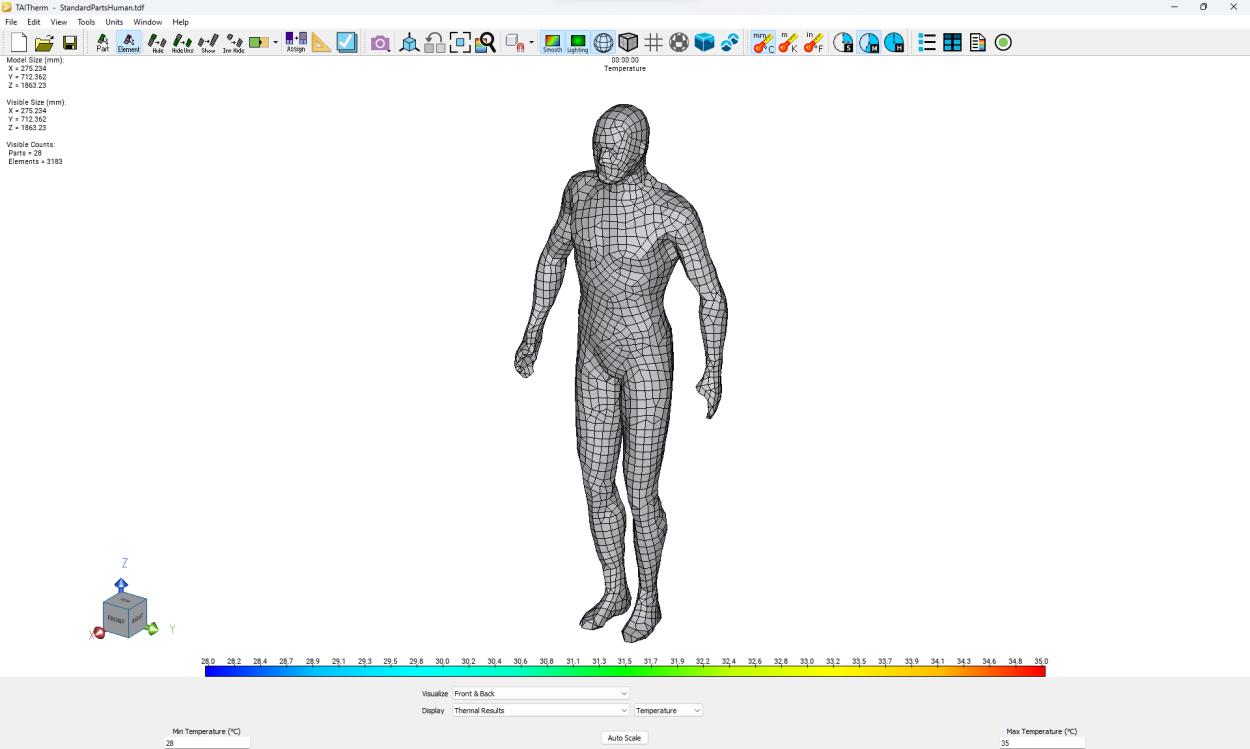
Accurate Comfort Predictions
Simulating human thermal comfort will provide the information needed to optimize the user experience and ensure product acceptance.
Our engineers can help you create a thermal simulation using TAIThermTM with the Human Thermal Extension. This will help you understand how altering the variables of your design affects the overall comfort of the human within your design.
Getting Started
Let's Talk
If you would like to learn more about our aerospace behavioral and thermal simulation capabilities, let's talk! We will demonstrate how our software can fit your requirements and help you understand what you will need to simulate your design.
We are here to work with you at every step. We support our customers throughout your service project with excellent communication; we are only a phone call or email away. Our commitment to you never changes.
Support
We are here to answer your questions at every step. We support our customers before and after the contract is signed, our commitment to you never changes.
